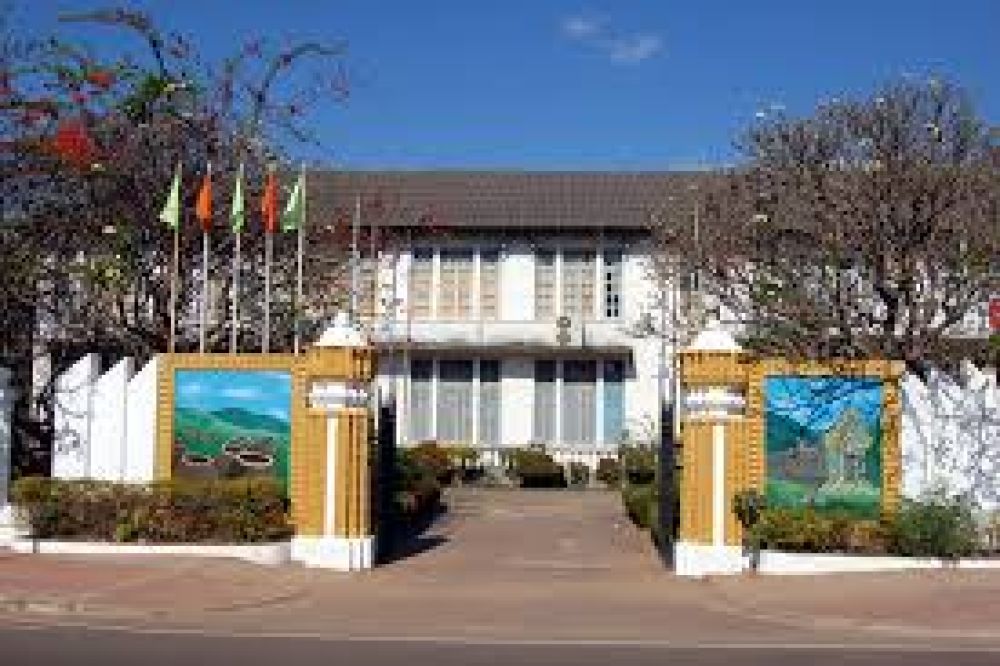

The history of tourism in Laos can be traced back to the early periods when it was more of an off-the-beaten-path destination for intrepid travelers and those interested in experiencing the significant cultural heritage of Southeast Asia. With the country opening up to international visitors in the 1990s, there was a gradual influx of tourists interested in the nation's rich history, ethnic diversity, and natural beauty. Over the years, with improved infrastructure and international promotion, Laos has transitioned from a hidden gem to a more accessible and popular destination for tourists seeking a mix of adventure and culture.
The Laos National Museum, also known as the Lao National History Museum, is housed in a colonial-era building at the heart of Vientaine, representing the cultural and political epicenter of Laos. As the primary museum in the country, it plays a pivotal role in preserving and showcasing the history and identity of the Laotian people.
Originally serving as the French governor's residence, the building was converted to the national museum following independence. Exhibits range from prehistoric times to the present day, highlighting the nations' struggles and triumphs. Artifacts on display include items from archeological sites, iconography of the various ethnic groups, and items related to the Laotian monarchy, the French colonial period, and the fight for independence.
Within the museum, visitors can appreciate a plethora of artifacts that narrate the Laotian tale. From ancient dinosaur bones to relics from the Indochina Wars, each piece has a story to tell. The museum curators have organized the displays into chronological order, allowing for a natural flow through the narrative of Laos' nuanced history.
Tourists visiting the museum can expect to gain a deeper understanding of Laos’ cultural and national identity. With descriptions in both Lao and English, the museum is accessible to international visitors. It serves not only as an educational center but also as a profound reminder of Laos' resilience and richness.
In recent years, Laos has seen a shift towards sustainable tourism with a focus on ecotourism and community-based initiatives. This aligns with the wider global trend of travelers seeking more meaningful and authentic experiences while being mindful of their environmental footprint. Adventure tourism is also gaining traction, with visitors drawn to activities such as trek, kayaking, and caving in the country's rugged landscapes. The Lao government has actively promoted these segments to encourage tourism that benefits both travelers and local communities.
The Laos National Museum is open to visitors throughout the week, with slightly reduced hours on weekends. It is advisable to check the current operating hours and any travel advisories before planning your visit. Additionally, while in Vientiane, travelers can explore nearby landmarks such as Pha That Luang, the Patuxai Monument, and the vibrant local markets for an enriching Laotian experience.